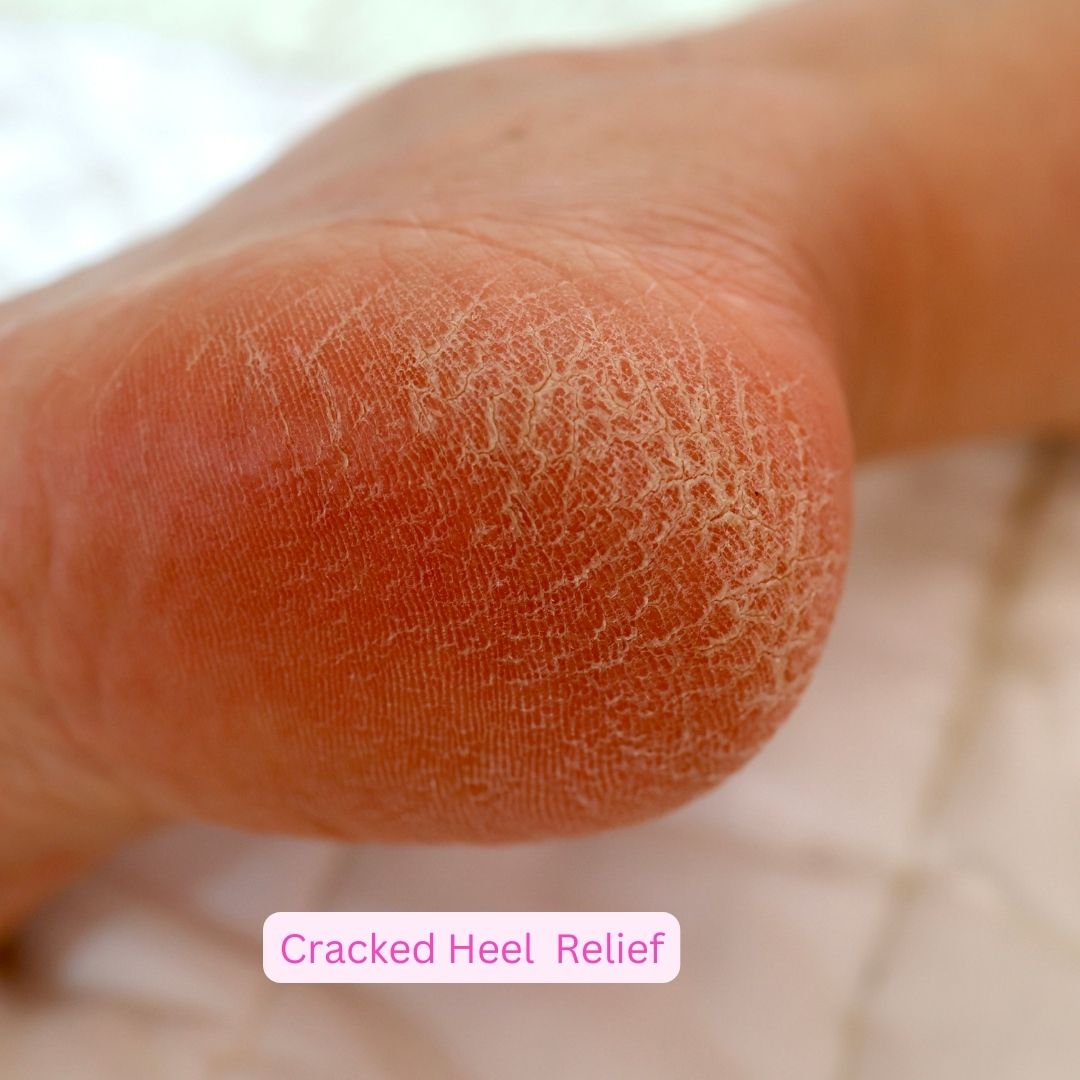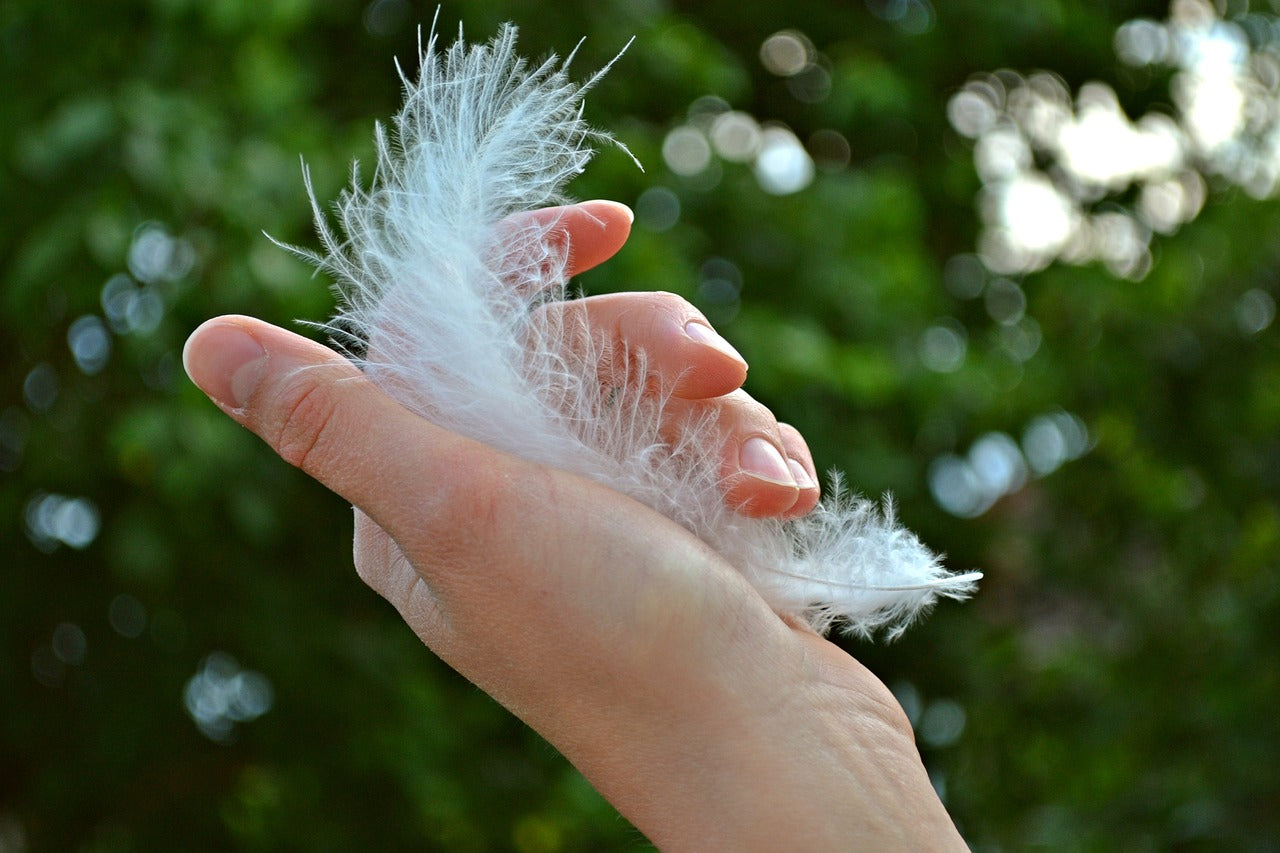Cracked Heels and How to Treat Them
Many people at one time or another have experienced cracked heels. In most cases, the condition is not serious, but usually requires some attention and action to alleviate and treat it. If ignored and untreated, it can lead to a more serious issue such as deep fissures that can cause infection that may require medical attention. This article will help to identify some common causes for cracked heels as well as treatment options to alleviate and hopefully resolve the issue of cracked heels.
What are Cracked Heels
Cracked Heels, also known as fissures, are when the heel of a person’s foot because hard and dry causing cracks or fissures. The best line of defense is to check your feet daily and take an appropriate course of action if you notice these cracks in the heels of your foot.
Likely Causes for Cracked Heels:
Cracked heels are mostly caused by any of the following habits or conditions:
- Standing for prolonged periods of time
- Improper or no footwear exposing the heel to the elements
- Cold/dry weather or room conditions
- Taking hot showers
- Cold/dry skin
- Using harsh/drying soaps
- Medical conditions such as hyperthyroidism, Sjögren's syndrome, Athlete’s Foot, and heel spurs (this article does not discuss treatments for this and other medical symptoms. If you have any of these or other medical symptoms, it may be necessary to seek medical attention.
Cracked Heel Remedies and Treatment Options:
As mentioned, cracked heels are caused by dry skin. So, the best remedy is to re-introduce moisture to your heel skin. But simply hydrating it is not enough. The heel must first be softened, then moisturized to effectuate a good and lasting treatment. Here is a method of treatment for cracked heels that can prove effective:
- Soak your feet for at least 10 minutes in warm water. This will help to soften the dry layers of the heel skin.
- With a loofa or other foot skin cell exfoliator, rub your heels to remove dead skin cells and other dry skin from your heels.
- Rinse your feet with clean warm water and pat dry your feet with a clean towel.
- Moisturize your heels. There are many types of moisturizers. Some suggest using thick moisturizers that are oil-based such as petroleum jelly (Vaseline). Other types of moisturizers contain softening agents such as:
- Alpha-Hydroxy Acid
- Saccharide Isomerate
- Urea
- Salicylic Acid
- Lactic Acid
The above may cause skin irritations. Be sure to read the product labeling for any skin irritation warnings.
- All natural skin serums with essential oils
- Put on clean, thick cotton socks. This helps to keep the moisturizer in place.
If Your Feet do not significantly Improve:
If after one week of treating your cracked heels, as outlined above, or adhering to other treatment options, without success, you may consider visiting a podiatrist or medical doctor that specializes in foot therapy. There may be an underlying medical condition that is causing the cracked heels.
Blog Sources:
Mayo Clinic, https://www.mayoclinic.org/diseases-conditions/dry-skin/expert-answers/cracked-heels-treatment/faq-20455140, “What's the best way to treat cracked heels at home?”, by Lawrence E. Gibson, M.D.
WebMD, https://www.webmd.com/skin-problems-and-treatments/what-to-know-cracked-heels, “What to Know About Cracked Heels”, By WebMD Editorial Contributors.


